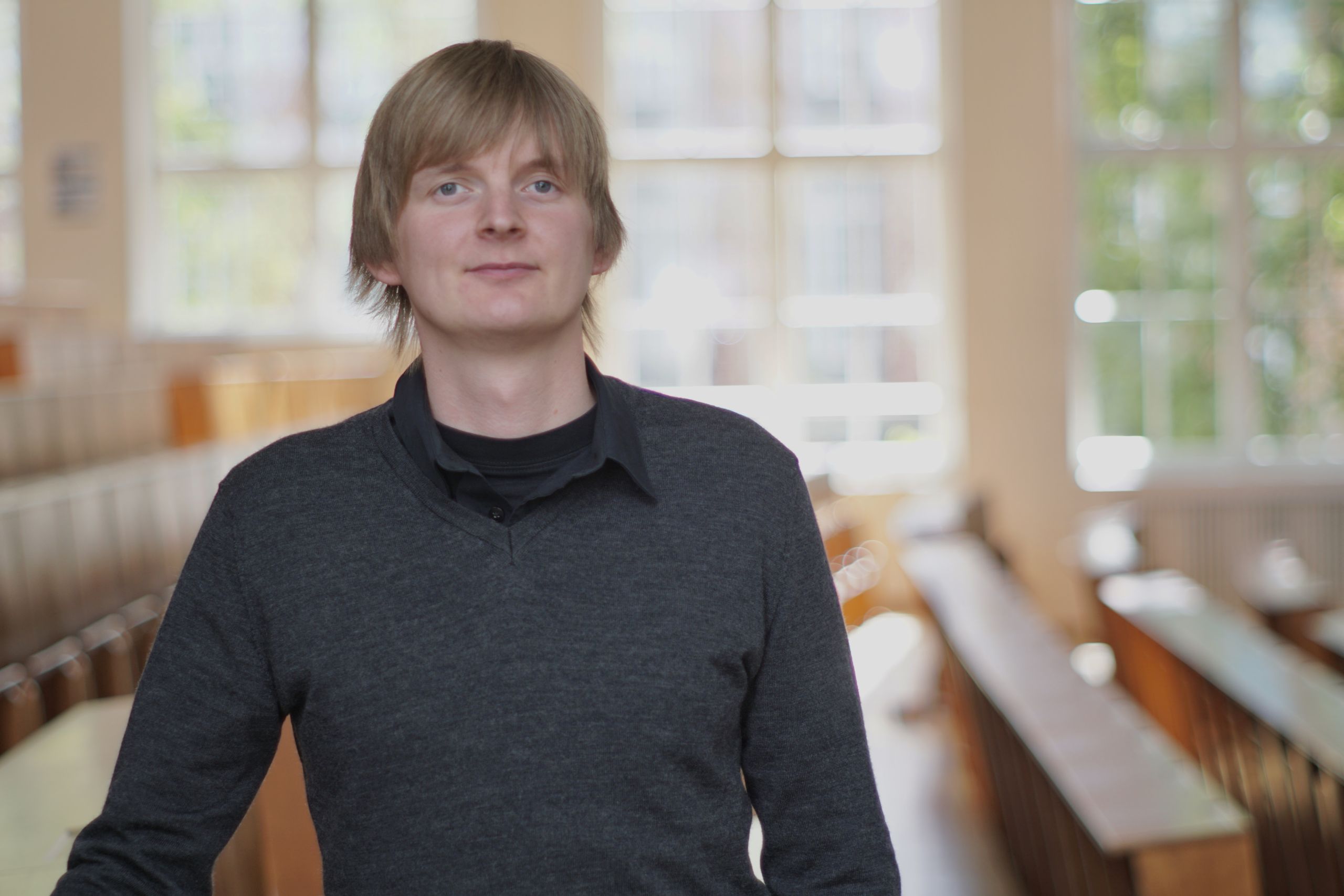
You are here
Optimisation of overview at train and bus stops
Procedure for application at multiple stops presented at HEUREKA Congress in mid-April 2021 by Dipl.-Ing. Patrick Wolf.
Stops with several tram and bus lines are often a horror for public transport users - especially during rush hour: if vehicles from different lines arrive at almost the same time, there is often a lot of pushing and shoving because everyone wants to get to their line. How much more relaxed - and safer - it would be if the people waiting knew where to position themselves before the lines arrived.
This is what Dipl.-Ing. Patrick Wolf from the Chair of Traffic Control and Process Automation at the "Friedrich List" Faculty of Transport and Traffic Sciences thought and researched. The result is a method for forecasting parking spaces at multiple stops. At this year's "HEUREKA Congress on Optimisation Methods in Traffic and Transport" in mid-April, he presented the method - and received the "Recognition Award for Young Scientists" from the heureka Foundation for Environment and Mobility for his "contribution to increasing the attractiveness and efficiency of public urban transport". In doing so, it recognised Patrick Wolf's "independently obtained research results in the further development and implementation of decision-making and optimisation methods in transport". The prize is endowed with 5,000 euros. This year it was awarded to two prize winners.
Procedure reduces waiting time at the stop and increases throughput capacity of the stop
Wolf's method for parking space prediction at multiple stops makes it possible to display the stopping location of a vehicle on the platform even before it arrives at the stop. This allows passengers to move to the corresponding stop location in good time and have shorter distances to board. In this way, the procedure reduces the time spent at the stop and increases the passability of the stop. In addition, a more homogeneous passenger distribution on the platform leads to a more homogeneous passenger distribution within the vehicles. This can also have a positive influence on passenger changing times at the following stops. At the same time, the perceived service quality of public transport is increased as a result of the higher-quality passenger information.
Microscopic modelling of the individual travel trajectories
The method developed at the Chair of Traffic Control and Process Automation is based on microscopic modelling of the individual travel trajectories. Taking into account various stochastic, infrastructural and operational influencing variables, the parking space forecasts are calculated in real time and passed on to the passenger information displays. At present, the procedure is already being used in Leipzig to show the distribution of parking spaces at the main station in pilot operation. In the future, the system will be used at other multiple stops. In addition, the parking space information is to be displayed on the on-board computers of the public transport vehicles to support the driving personnel.
The "HEUREKA Congress on Optimisation Procedures in Traffic and Transport" initiated by the founders of the heureka foundation has been held every three years since 1983. The organisers are the Research Association for Roads and Transport (FGSV) and the Association of German Transport Companies.
The heureka foundation is a non-profit foundation for the promotion of environmentally friendly transport development. According to its statutes, the foundation's purpose is to promote the development, application and implementation of decision-making and optimisation methods in transport. The recognition prize is awarded every three years.
Dipl.-Ing. Patrick Wolf

Research Assistant
Chair of Traffic Control and Process Automation
